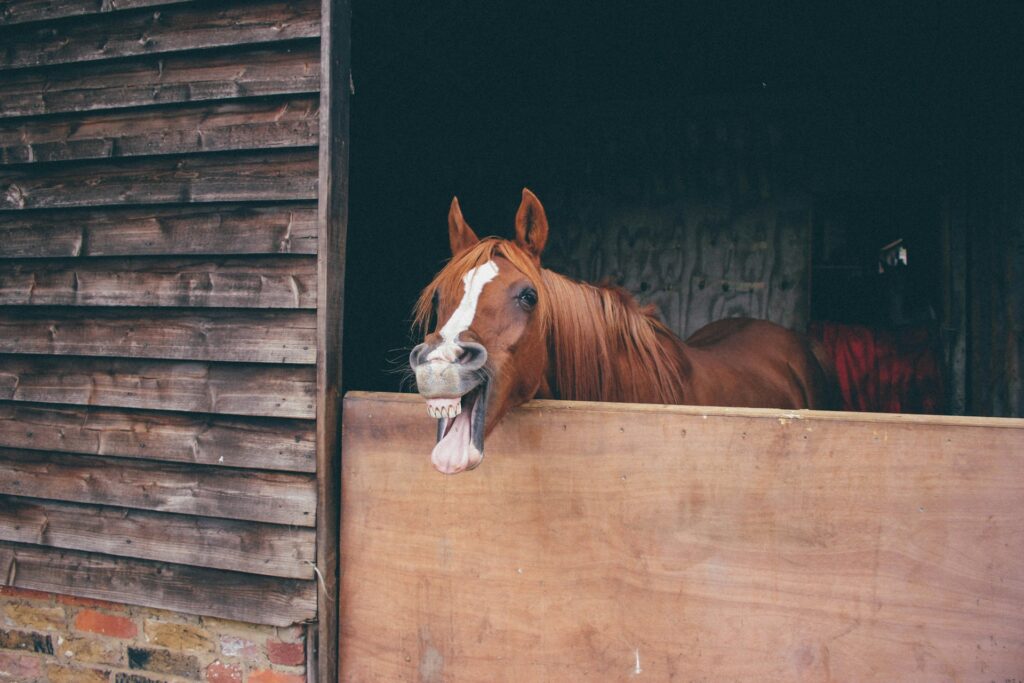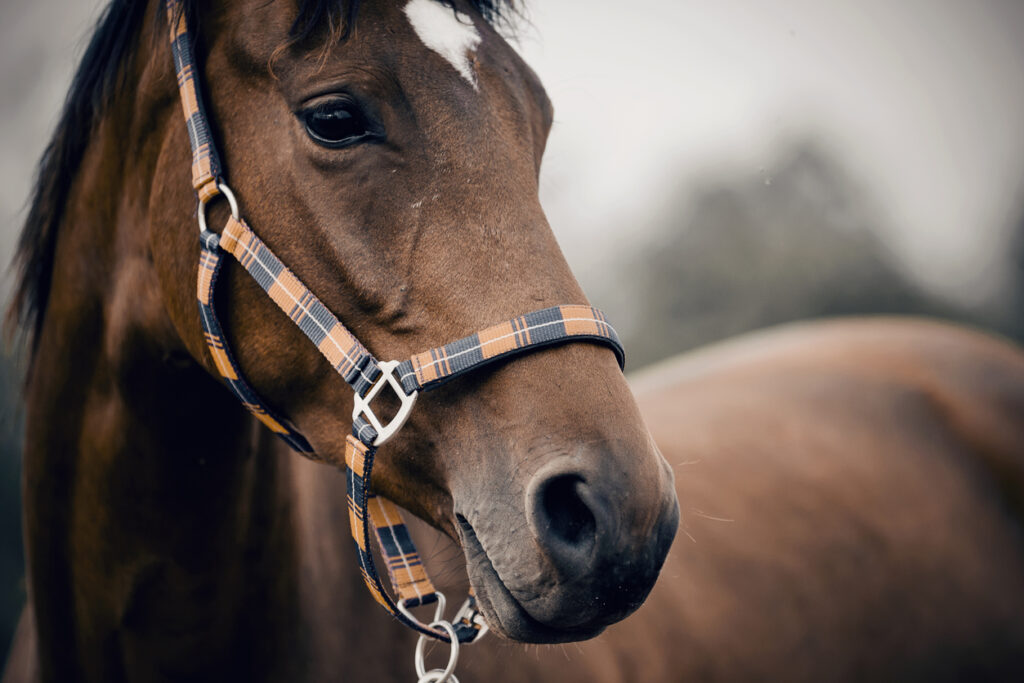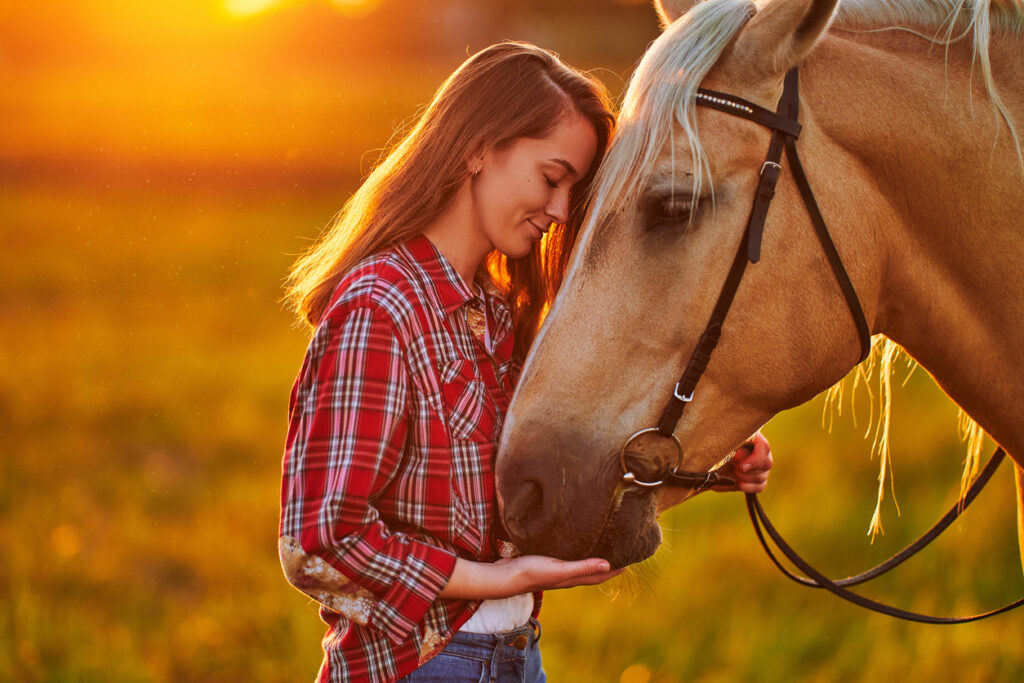We already know dogs wag their tails and cats flick theirs, but it turns out horses are far more emotionally expressive than they’ve been given credit for.

New research reveals that horses don’t just whinny or stomp to show how they feel—they actually use subtle facial movements to express a wide range of emotions. They may not be easily recognisable to humans, but they can certainly be learned. And once you know what to look for, it becomes clear: your horse might’ve been telling you everything all along.
1. Their faces are more expressive than we assumed.

Until recently, people thought horses had fairly limited facial expressions. However, scientists have now identified specific muscle movements—like ear angles, eye shape, and nostril flaring—that change depending on what the horse is feeling. These aren’t random twitches. They’re intentional, meaningful signals. And once you’re aware of them, you start seeing emotional language that’s been hiding in plain sight the whole time.
2. They use their eyes to show fear and uncertainty.

One of the clearest emotional indicators in horses is the eye. When a horse feels scared or unsure, the muscles around the eyes tighten, and more of the white part becomes visible—kind of like when a person widens their eyes in surprise. This is sometimes called “whale eye” in other animals, and it’s a reliable sign that something’s not right. If you see that wide-eyed look, it’s your cue to slow down or reassess the situation.
3. Ear position is a constant emotional readout.

Horse ears are highly mobile, and they’re constantly giving away emotional cues. Pinned-back ears usually signal irritation or discomfort. Forward ears mean alertness, and ears turned slightly outward can mean the horse is relaxed and content. Because ears move independently, horses can also split their focus—listening with one ear while keeping the other tuned into a different direction. It’s like a real-time broadcast of how they’re processing the world.
4. Tension around the muzzle reveals discomfort.

When a horse is uneasy or in pain, the area around the mouth becomes tight. The chin might wrinkle, the nostrils may flare, and the lips can press together. These are subtle signs, but they show emotional and sometimes physical stress. Recognising this kind of tension early can help riders or handlers intervene before a situation escalates. It’s one of the clearest ways to tell that a horse isn’t just being “difficult”—they might be uncomfortable or overwhelmed.
5. They make pain faces, just like people.

Scientists have created something called the “Equine Facial Action Coding System” to map out how horses express pain. It includes very specific facial changes, like orbital tightening (around the eyes), changes in ear shape, and visible tension in the jaw. This is especially helpful in clinical settings, where horses can’t describe pain verbally. Vets are now using facial expressions alongside physical checks to assess discomfort more accurately.
6. Happy horses do smile—sort of.

While horses don’t smile like humans, relaxed facial features often indicate a happy or calm horse. Soft eyes, loose lips, and gently flicking ears all point to a content emotional state. Some horses even display something called the “flehmen response,” where they curl back their upper lip after smelling something. It’s not quite a smile, but it’s one of their more expressive (and slightly hilarious) reactions to strong scents or emotions.
7. Social bonding shows up in their facial expressions.

When horses groom each other or engage in quiet companionship, their faces often relax completely. Ears go soft, eyelids droop, and mouths hang slightly open—signs of trust and emotional comfort in the presence of a bonded partner. This mirrors the way humans let their guard down with people they trust. A relaxed horse face isn’t just physical—it’s social and emotional too.
8. They recognise facial expressions in others—including us.

Studies show that horses can distinguish between different human facial expressions. They react differently to angry faces versus happy ones, and they can even remember whether a person’s expression was positive or negative the next time they see them. This shows how socially aware horses really are. They’re not just reading their own kind—they’re reading us too, and storing those impressions to guide future interactions.
9. Emotional expressions vary by personality.

Just like people, not all horses express themselves the same way. Some are more subtle, some are more dramatic. Over time, handlers and owners can learn each horse’s unique set of facial cues and what they mean emotionally. This individual variation means emotional connection isn’t about memorising a universal code—it’s about observing and responding to each horse as a unique communicator.
10. Learning to read these cues deepens trust.

When you start noticing the little things—eye softness, muscle tension, ear flicks—you gain a whole new understanding of your horse’s mood and mindset. And the more they realise you’re listening, the safer and calmer they tend to feel. It’s not just about better care—it’s about stronger relationships. Because when horses know they’re being understood, they don’t just behave better. They relax, open up, and show you even more of who they are.